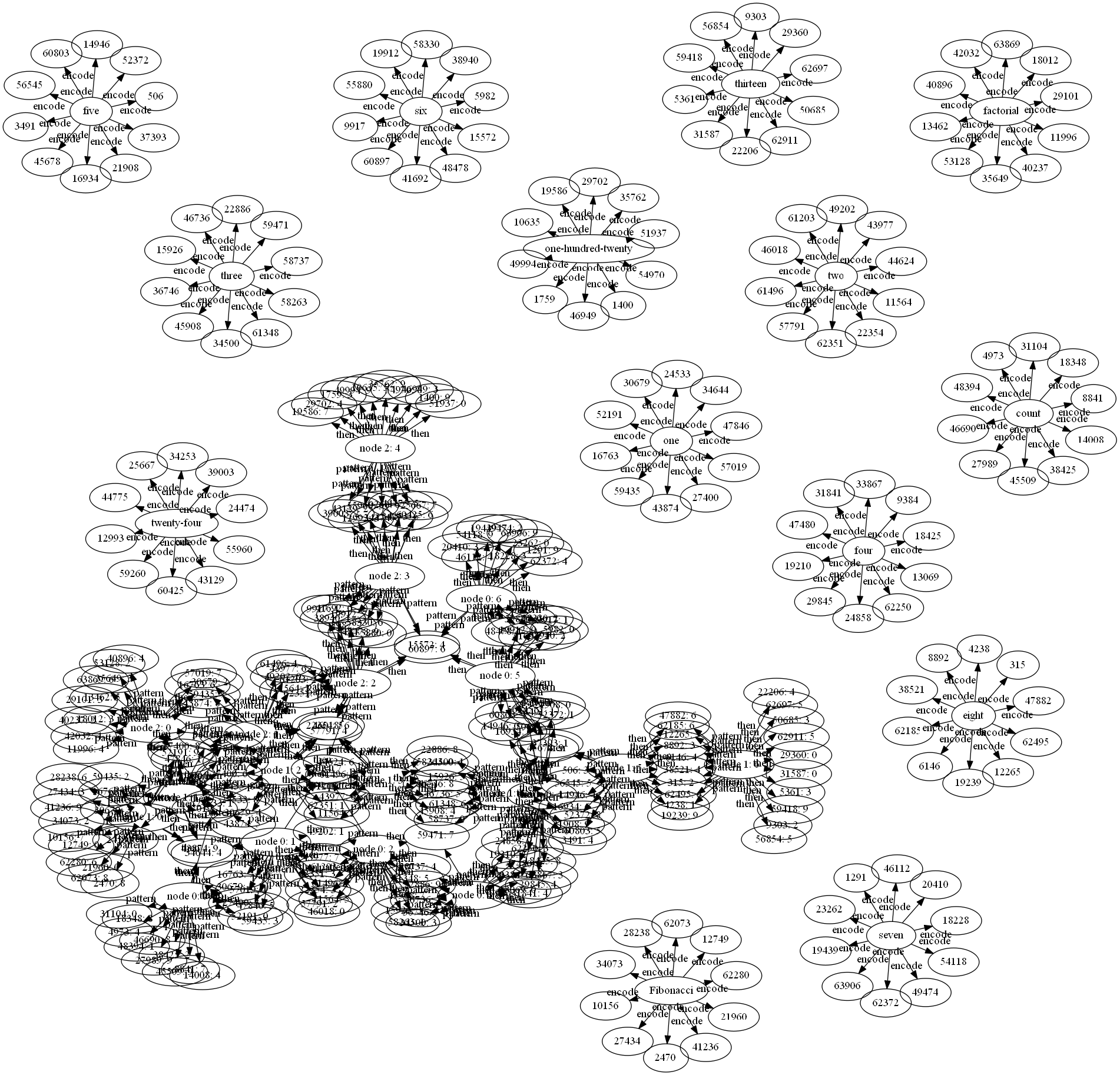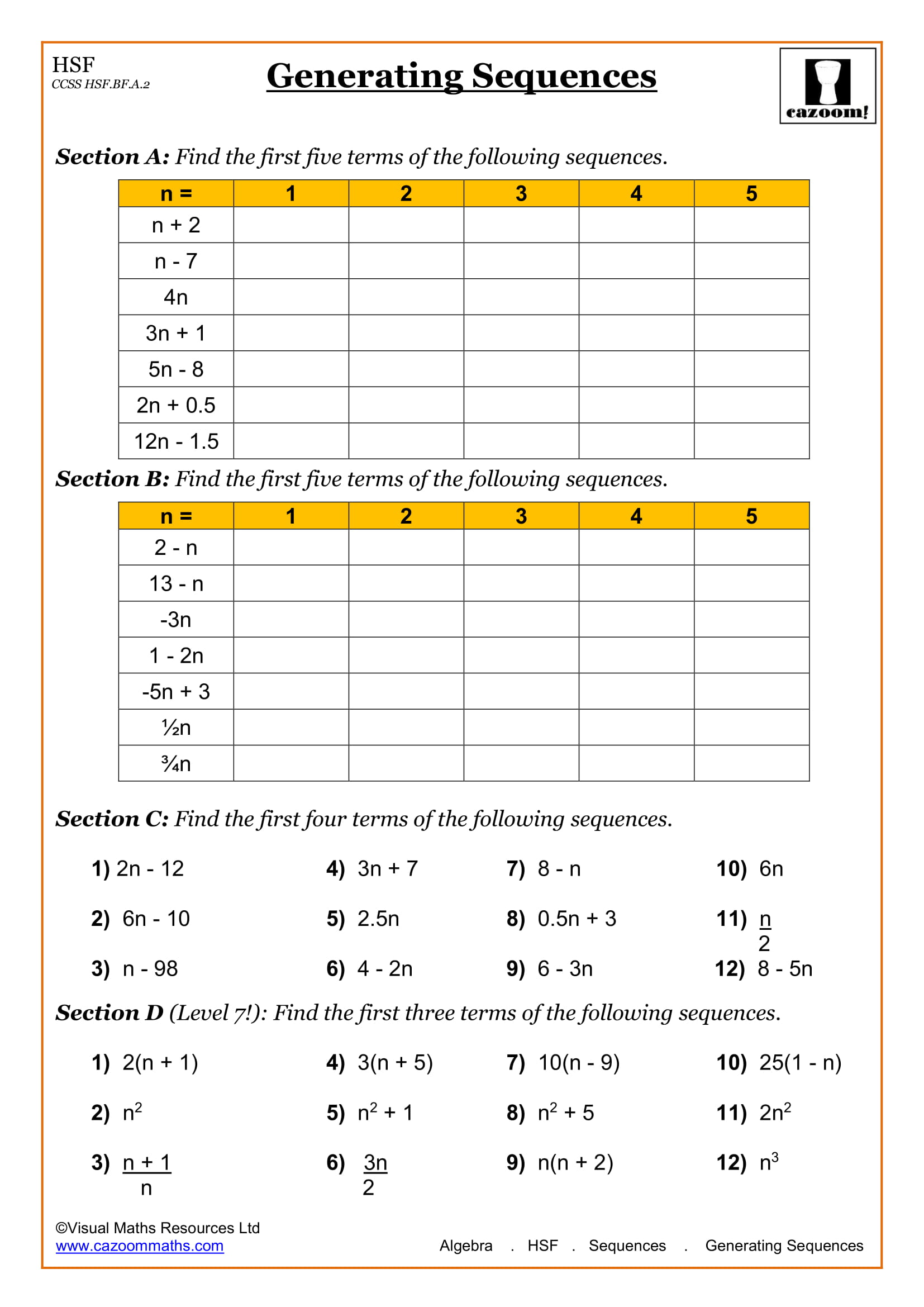

The Oregon Department of Education (ODE) is committed to collaborating with education partners across the state - particularly our Black, Indigenous, and people of color (BIPOC) communities - to analyze the system of mathematics education through an equity lens in order to disrupt policies and practices that lead to inequitable student outcomes in our state.Įngineering an equitable system of math education requires a collective commitment by policymakers, leaders, educators, students and families. Dismantling the historical system requires careful and honest evaluation of graduation requirements, standards, instructional practices, course sequences, and assessments that have historically filtered or tracked students by race, ethnicity, gender identity, or socioeconomic status. However, a system in which outcomes can be predicted by race is, by definition, a racist system. Mathematics, in and of itself, is not racist. What does it mean to “dismantle racism in mathematics”? An equitable mathematics system intentionally broadens participation and engagement of all students in light of the cultural, linguistic, and mathematical competencies they bring to the classroom while maintaining high expectations for mathematical reasoning, fluency, and application. This system has worked well for relatively few students. The historical system of math education was developed over 130 years ago as a way to sort students into those who are “math people” and those who aren’t. Systems are defined by policies, standards, and rules, and they are influenced by the practices, mindsets, and experiences of people. Yet math is taught and learned in a system. It may seem counterintuitive to think about math as being inequitable. What does a commitment to equity in math education mean?

Every student deserves to experience math in this way, not just as a way of arriving at a single right answer, but as a way to make sense of their world. A strong foundation in math - as with literacy - provides a way to make sense of the world around us, to communicate effectively, and to discover innovative solutions. In its broadest sense, mathematics is about more than just a single right answer and a single pathway to that answer. Math is also open and creative, allowing us to explore sets of data to look for previously unknown relationships, to recognize patterns, to estimate the potential risk involved in a particular situation, and to find symmetry in nature and art. Math gives us the precision to design and transport rovers to Mars, to balance ledgers to the penny, and to manufacture vaccines with specific amounts of ingredients. Mathematics provides a framework for exploring and understanding the world around us. What is mathematics and why is it important to learn? Links to the 2010 (OR CCSS) standards will remain on this webpage for reference until September 2023. Transition from the 2010 standards to the 2021 standards will occur in the 2021-23 school years, with updated materials used by students in the fall of the 2023-24 school year. Check back as this document will be updated regularly over time. A frequently asked questions (FAQ) document has also been set up to capture common questions.

News Releases and Executive Numbered Memos.Office of Teaching, Learning & Assessment.Office of Enhancing Student Opportunities.Office of Research, Accountability, Data, Assessment, and Reporting (RADAR).Director of the Oregon Department of Education.Creating a Respectful and Open World for Natural Hair (CROWN Act).Oregon General Equivalency Diploma (GED).Resources for School and District Office Administrators.Pupil Transportation and Fingerprinting.Key Dates for Accountability and Reporting.Institution Identification - School Names.Continuous Improvement Process and Planning.Student Permanent Records Information for Registrars.School Capital Improvement Planning Task Force.Graduation Requirements and College Preparation.Assessment and Accountability Students and Families Resources.


 0 kommentar(er)
0 kommentar(er)
